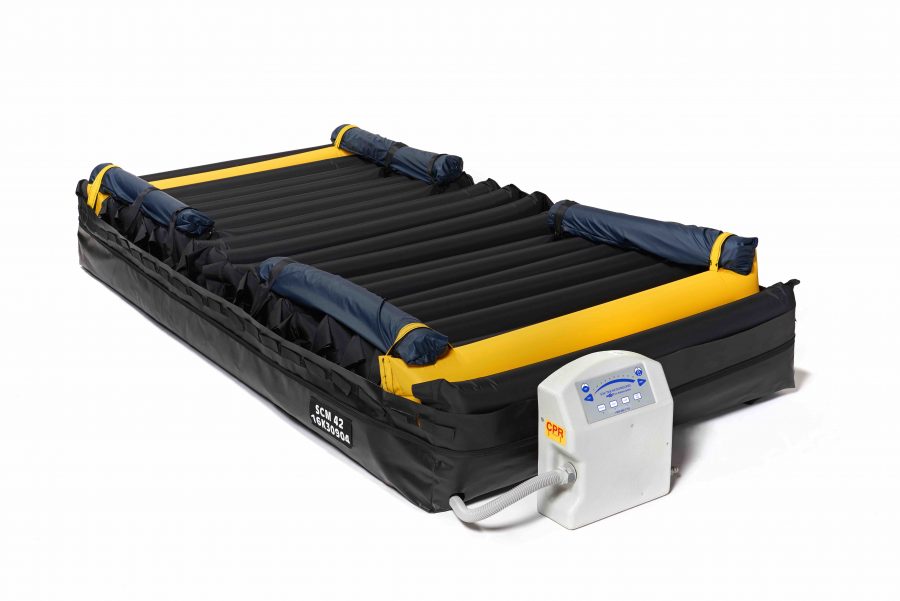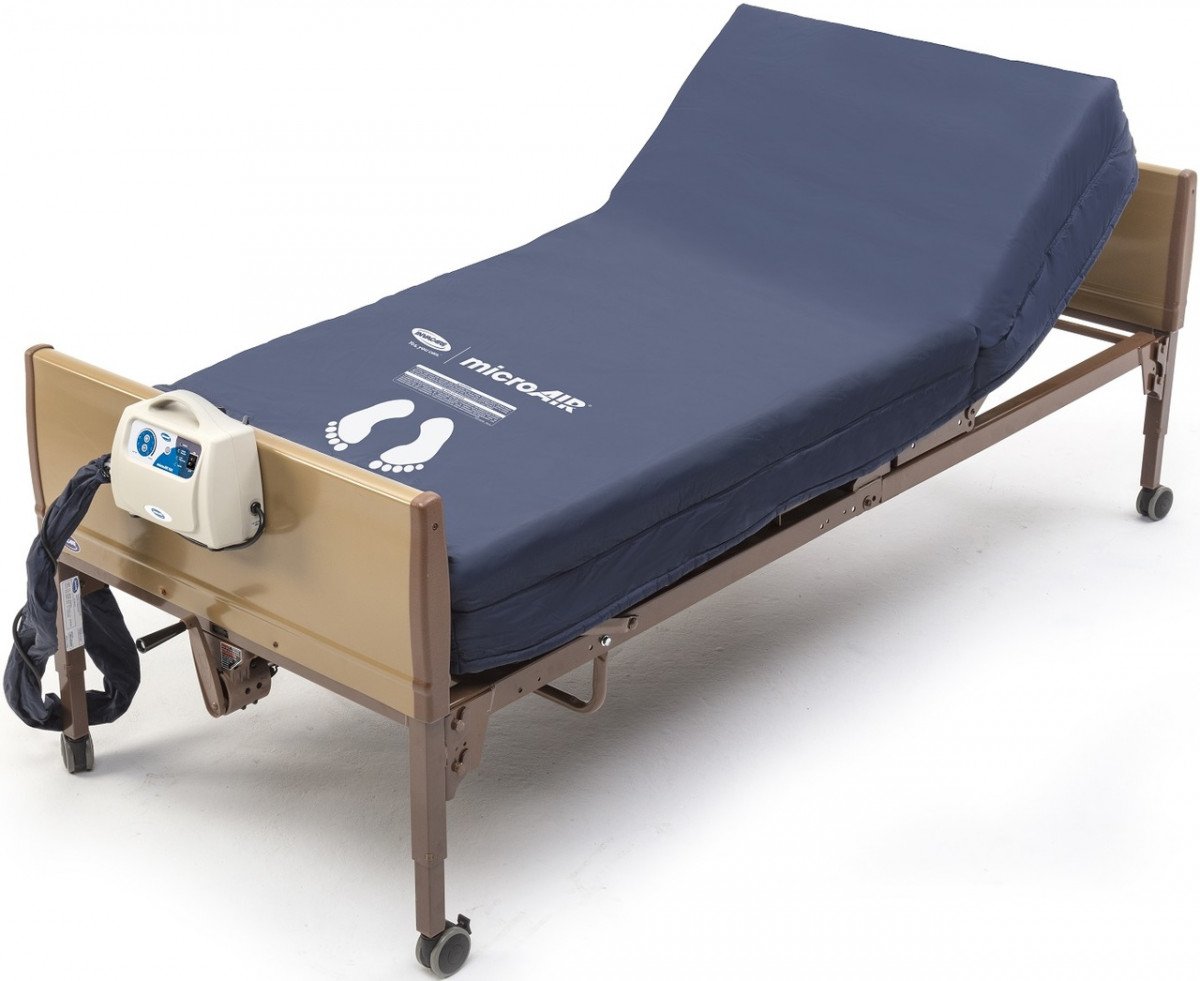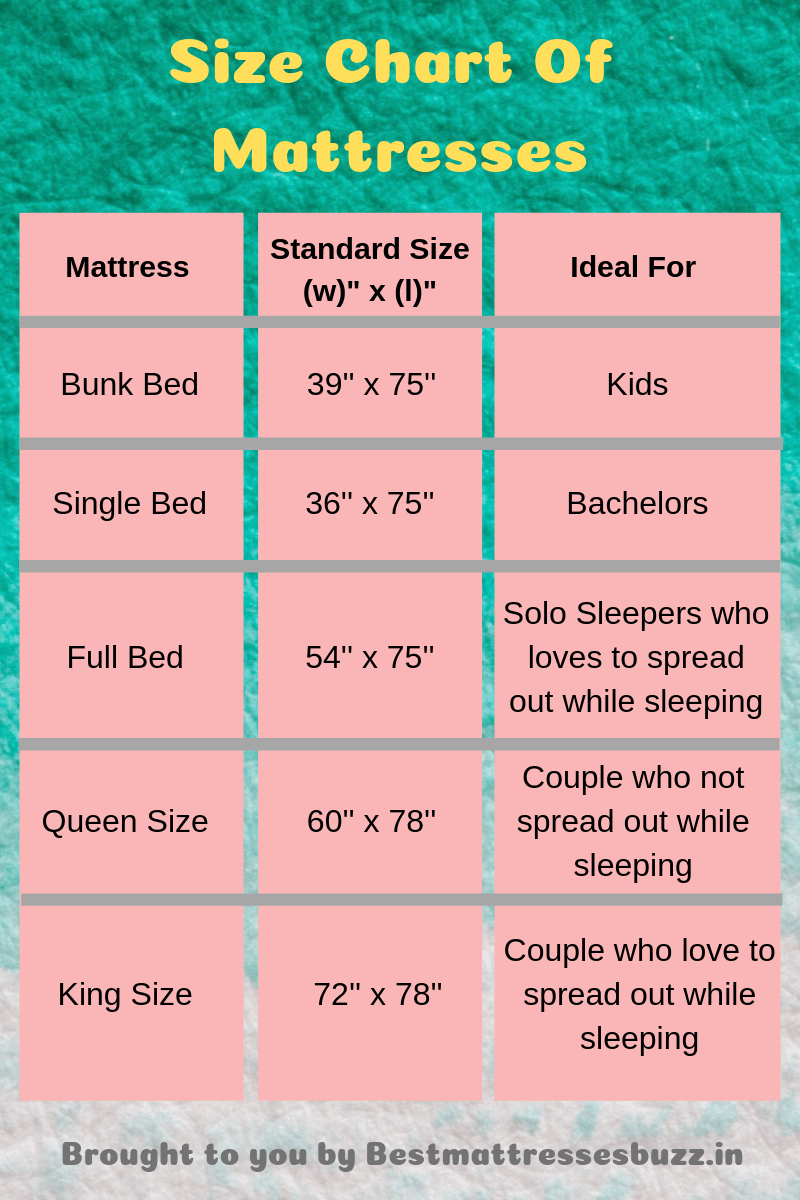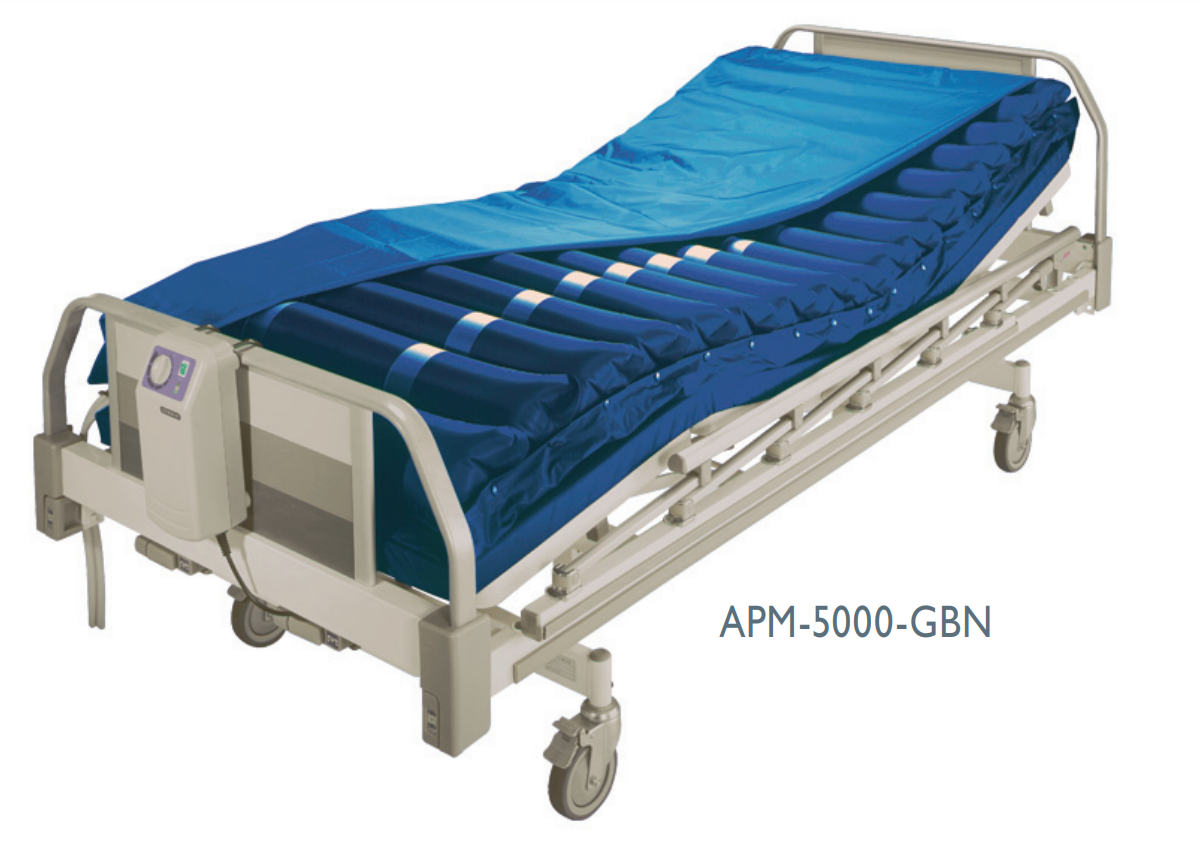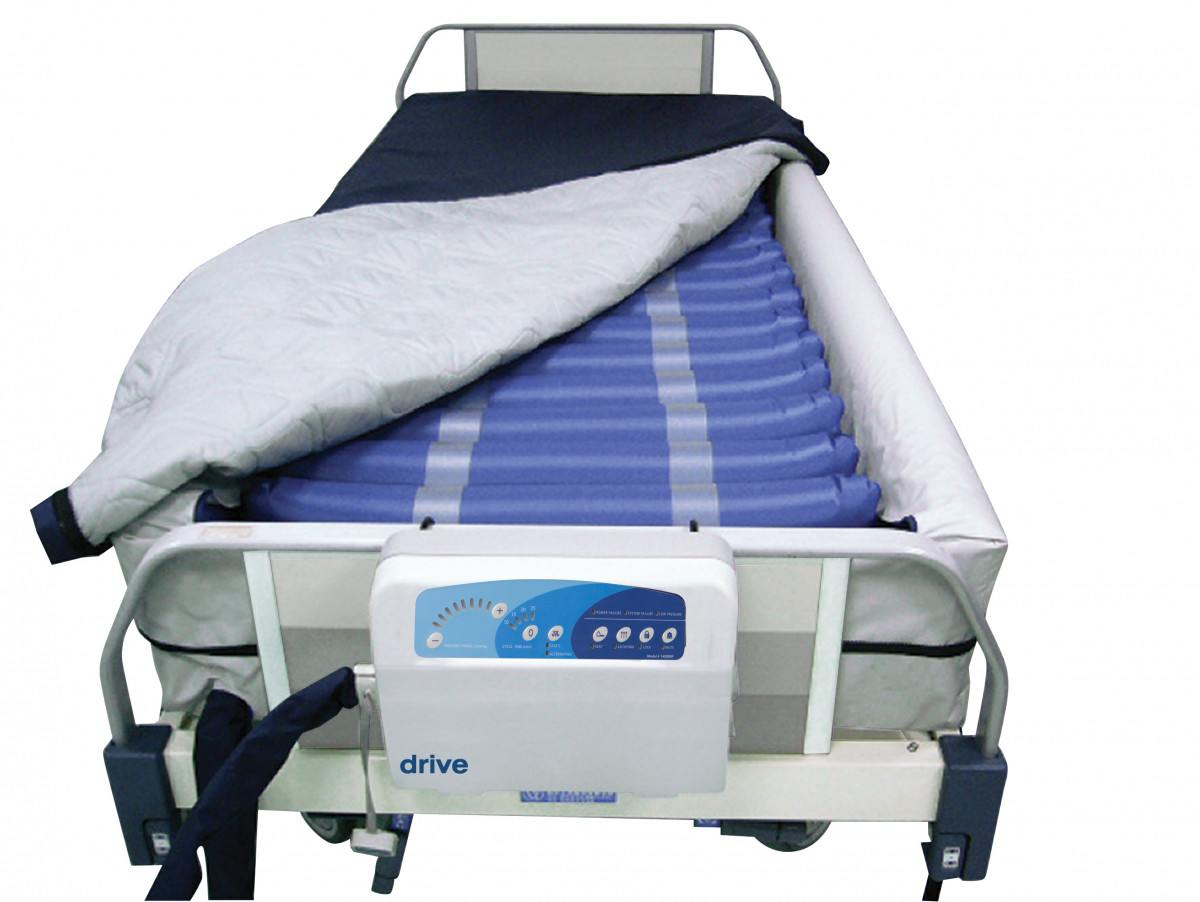Low Air Loss Mattress Guidelines
A low air loss mattress is a type of medical mattress that is designed to help prevent and treat pressure ulcers. These mattresses are commonly used in hospitals, nursing homes, and home care settings. If you or a loved one is in need of a low air loss mattress, it's important to understand how to choose the right one and use it properly. In this article, we'll discuss the top 10 guidelines for using a low air loss mattress.
What is a Low Air Loss Mattress?
A low air loss mattress is a specialized medical mattress that is designed to provide a constant flow of air to the surface of the mattress. This helps to reduce friction and moisture, which are two key factors that can contribute to the development of pressure ulcers. The air flow also helps to distribute pressure evenly across the body, reducing the risk of pressure ulcers. Low air loss mattresses are typically used for patients who are at high risk for developing pressure ulcers or who are already experiencing them.
Benefits of Using a Low Air Loss Mattress
There are several benefits to using a low air loss mattress. The most obvious benefit is the prevention and treatment of pressure ulcers. These mattresses are also known for providing comfort and support for patients who are bedridden or have limited mobility. The constant flow of air helps to keep the skin cool and dry, reducing the risk of skin breakdown. Additionally, low air loss mattresses can also improve circulation and reduce pain and discomfort for patients.
How to Choose the Right Low Air Loss Mattress
When choosing a low air loss mattress, it's important to consider a few key factors. First, you'll want to make sure the mattress is the right size for the patient's bed. Next, consider the weight capacity of the mattress and make sure it can support the patient's weight. It's also important to choose a mattress with the appropriate level of air flow and pressure redistribution for the patient's needs. Lastly, consider the cost, as low air loss mattresses can be quite expensive.
Guidelines for Using a Low Air Loss Mattress
Once you have chosen the right low air loss mattress, it's important to follow these guidelines for proper use:
Cleaning and Maintenance Tips for Low Air Loss Mattresses
To ensure the longevity and effectiveness of a low air loss mattress, proper cleaning and maintenance are essential. Here are a few tips to keep in mind:
Potential Risks and Side Effects of Low Air Loss Mattresses
While low air loss mattresses have many benefits, there are some potential risks and side effects to be aware of. These include:
Comparing Low Air Loss Mattresses to Alternating Pressure Mattresses
Another type of medical mattress commonly used for preventing and treating pressure ulcers is the alternating pressure mattress. While both types of mattresses have similar benefits, there are a few key differences to consider. Low air loss mattresses provide a constant flow of air, while alternating pressure mattresses alternate between areas of high and low pressure. Low air loss mattresses are typically more expensive but may be more beneficial for patients with severe pressure ulcers.
Insurance Coverage for Low Air Loss Mattresses
Low air loss mattresses can be quite expensive, but there is potential for insurance coverage. Medicare, Medicaid, and most private insurance plans may cover the cost of a low air loss mattress with a doctor's prescription. It's important to check with your insurance provider to determine coverage and any necessary documentation.
Where to Purchase Low Air Loss Mattresses
Low air loss mattresses can be purchased through medical supply companies, both in-store and online. It's important to do your research and compare prices and features before making a purchase. If you are purchasing with insurance coverage, make sure to follow any necessary steps for reimbursement.
In conclusion, a low air loss mattress can be a valuable tool in the prevention and treatment of pressure ulcers. By following these guidelines and properly maintaining the mattress, you can help ensure the best possible outcomes for yourself or your loved one. Always consult with a healthcare professional for personalized recommendations and guidance.
The Importance of Proper Mattress Selection for Optimal Health

Low Air Loss Mattress Guidelines for a Comfortable and Healthy Sleep Experience
 When it comes to creating a comfortable and healthy living space, many people overlook the importance of selecting the right
mattress
. While we spend a significant amount of time in our beds, it's crucial to understand the impact that our
mattress
can have on our overall health and well-being. This is especially true for those who may be at risk for developing pressure ulcers or bedsores.
One type of mattress that has gained popularity in the healthcare industry is the
low air loss mattress
. This type of mattress is designed with a series of small air pockets that help to distribute the weight of the body evenly, reducing pressure points and promoting better circulation. It also has the added benefit of reducing moisture build-up, which can be a breeding ground for bacteria and lead to skin breakdown.
When considering a
low air loss mattress
, there are a few guidelines to keep in mind to ensure you select the right one for your needs. First and foremost, it's essential to consult with your healthcare provider to determine if this type of
mattress
is suitable for your specific medical condition. They can provide valuable insight and recommendations based on your individual needs.
Additionally, it's important to consider the level of inflation and firmness that is most comfortable for you. Some
low air loss mattresses
come with adjustable settings, allowing you to customize the level of support and pressure relief based on your preferences. It's also crucial to check the weight capacity of the
mattress
to ensure it can adequately support your body.
Furthermore, it's essential to regularly maintain and clean your
low air loss mattress
to ensure its effectiveness. This includes wiping down the surface with a mild soap and water solution and rotating the
mattress
regularly to prevent wear and tear on specific areas.
In conclusion, when it comes to selecting a
mattress
for optimal health and comfort, it's essential to consider all factors and consult with a healthcare professional. A
low air loss mattress
can provide significant benefits for those at risk for developing pressure ulcers or bedsores. By following these guidelines and properly maintaining the
mattress
, you can ensure a comfortable and healthy sleep experience.
When it comes to creating a comfortable and healthy living space, many people overlook the importance of selecting the right
mattress
. While we spend a significant amount of time in our beds, it's crucial to understand the impact that our
mattress
can have on our overall health and well-being. This is especially true for those who may be at risk for developing pressure ulcers or bedsores.
One type of mattress that has gained popularity in the healthcare industry is the
low air loss mattress
. This type of mattress is designed with a series of small air pockets that help to distribute the weight of the body evenly, reducing pressure points and promoting better circulation. It also has the added benefit of reducing moisture build-up, which can be a breeding ground for bacteria and lead to skin breakdown.
When considering a
low air loss mattress
, there are a few guidelines to keep in mind to ensure you select the right one for your needs. First and foremost, it's essential to consult with your healthcare provider to determine if this type of
mattress
is suitable for your specific medical condition. They can provide valuable insight and recommendations based on your individual needs.
Additionally, it's important to consider the level of inflation and firmness that is most comfortable for you. Some
low air loss mattresses
come with adjustable settings, allowing you to customize the level of support and pressure relief based on your preferences. It's also crucial to check the weight capacity of the
mattress
to ensure it can adequately support your body.
Furthermore, it's essential to regularly maintain and clean your
low air loss mattress
to ensure its effectiveness. This includes wiping down the surface with a mild soap and water solution and rotating the
mattress
regularly to prevent wear and tear on specific areas.
In conclusion, when it comes to selecting a
mattress
for optimal health and comfort, it's essential to consider all factors and consult with a healthcare professional. A
low air loss mattress
can provide significant benefits for those at risk for developing pressure ulcers or bedsores. By following these guidelines and properly maintaining the
mattress
, you can ensure a comfortable and healthy sleep experience.





